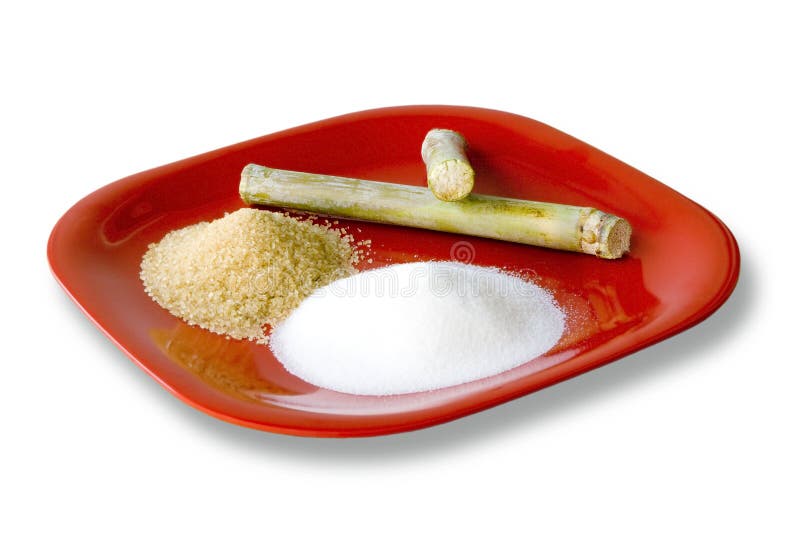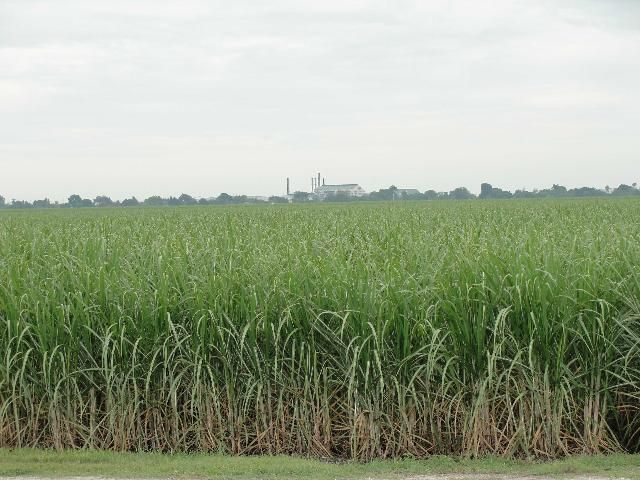Understanding the Creation of Sugarcane Product for Buyers
Understanding the Creation of Sugarcane Product for Buyers
Blog Article
The Journey of Sugarcane: From Harvest to Everyday Products
The trip of sugarcane is a diverse procedure that starts with meticulous growing and finishes in a selection of items that penetrate our daily lives. As we discover the various facets of sugarcane's journey, its duty in sustainability and the wider implications for our atmosphere come right into sharper focus.
Growing of Sugarcane
The cultivation of sugarcane is a critical agricultural procedure that calls for certain ecological problems and monitoring techniques. Ideal development occurs in exotic and subtropical areas where temperature levels range between 20 ° C and 32 ° C. Adequate rains or irrigation is vital, as sugarcane thrives in wet dirt with well-drained problems (sugarcane product). Dirt top quality substantially affects return; thus, farmers typically conduct soil tests to determine nutrient demands
Growing normally occurs in rows, using stem cuttings referred to as setts, which are planted flat. This approach helps with effective gathering and makes best use of sunlight direct exposure. Plant rotation and intercropping are recommended techniques to boost soil fertility and lower bug infestations. Farmers utilize integrated pest monitoring methods to minimize chemical inputs while making certain healthy crop growth.
Fertilizing is another important element, with nitrogen, phosphorus, and potassium being the primary nutrients required for optimum development. Prompt application of these fertilizers can significantly improve sugar yields. In addition, monitoring for conditions and pests throughout the expanding season is vital, as these aspects can adversely affect crop health and performance. On the whole, effective sugarcane cultivation pivots on a mix of ecological stewardship, critical preparation, and ongoing monitoring techniques.
Collecting Strategies
Effective sugarcane growing culminates in the gathering phase, which is crucial for maximizing return and guaranteeing quality. The timing of the harvest is critical; sugarcane is typically collected when sucrose degrees top, typically in between 10 to 18 months after growing. This period varies based on environment, dirt kind, and sugarcane variety.
Collecting techniques can be generally categorized into manual and mechanical methods. Hand-operated harvesting is labor-intensive, counting on experienced employees who make use of machetes to reduce the stalks short. This technique enables careful harvesting, where just the ripest walking sticks are selected, thus enhancing total sugar content.
Conversely, mechanical harvesting has gotten popularity as a result of its efficiency and cost-effectiveness. Specialized farmers outfitted with cutting blades and conveyor systems can process big locations quickly, considerably minimizing labor expenses. This method may lead to the addition of immature walking canes and a prospective reduction in sugar high quality.

Despite the method used, guaranteeing that harvested canes are moved swiftly to processing facilities is necessary. Motivate managing reduces putridity and preserves the honesty of the sugarcane, setting the stage for optimum processing.
Handling Approaches
Processing sugarcane entails several vital actions that change the harvested stalks into functional items, mainly sugar and molasses. The first stage is cleaning the cane to remove dirt and debris, adhered to by the extraction of juice via crushing or milling. This process normally uses heavy rollers that break the cane fibers to launch the pleasant fluid consisted of within.
When the juice is extracted, it goes through clarification, where impurities such as soil bits and bagasse are gotten rid of. This is often attained by including lime and heating up the juice, permitting sedimentation. The clarified juice is after that focused through dissipation, where water material is reduced, leading to a thick syrup.

Eventually, the handling of sugarcane not just generates sugar and molasses however likewise lays the foundation for different derivatives, which will certainly be explored in succeeding conversations.
Products Derived From Sugarcane
Sugarcane is a versatile crop that yields a broad range of products past simply sugar and molasses. Amongst the main spin-offs are ethanol and biofuels, which have obtained prominence as renewable resource sources. go right here Ethanol, generated with the fermentation of sugarcane juice, offers as an alternate to nonrenewable fuel sources and is commonly blended with gasoline to develop cleaner-burning gas, minimizing greenhouse gas discharges.
Additionally, sugarcane is a significant resource of bagasse, the coarse deposit remaining after juice removal. Bagasse is made use of in numerous applications, including the manufacturing of paper, naturally degradable packaging, and as a biomass fuel for power generation. Its usage not only minimizes waste but also enhances the sustainability of sugarcane handling.
Moreover, sugarcane-derived products extend to the food sector, where it works as an all-natural flavoring agent and sugar in different cooking applications. In the realm of cosmetics, sugarcane extracts are integrated into skincare products due to their natural exfoliating homes.
Ecological Effect and Sustainability
The cultivation and handling of sugarcane have significant effects for environmental sustainability. This plant requires significant water resources, often resulting in deficiency of regional water supplies and influencing surrounding ecological communities. Furthermore, making use of fertilizers and chemicals in sugarcane farming can lead to soil destruction and river pollution, posturing threats to biodiversity.

Lasting sugarcane farming additionally promotes soil health and wellness via crop turning and lowered husbandry, boosting carbon sequestration. The adoption of these practices not just sustains environmental integrity however additionally boosts the resilience of farming communities against environment change.
Verdict
In summary, the trip of sugarcane encompasses different stages from growing to handling, ultimately causing our website a broad array of items. The value of sugarcane expands past plain sweeteners, adding to sustainable energy via ethanol manufacturing, lasting product packaging by means of bagasse, and all-natural extracts for cosmetics. This diverse crop plays a crucial duty in both dietary enrichment and environmental sustainability, highlighting its value in contemporary farming and industrial techniques.
Effective sugarcane growing culminates in the harvesting phase, which is essential for optimizing return and making certain top quality. The timing of the harvest is vital; sugarcane is normally harvested when sucrose levels optimal, usually between 10 to 18 months after planting.Processing sugarcane includes numerous crucial actions that transform the harvested stalks into usable items, largely sugar and molasses.Sugarcane is a flexible plant that yields a wide array of products beyond simply sugar and molasses. Additionally, the use of plant foods and pesticides in sugarcane farming can result in soil degradation and waterway pollution, presenting dangers to biodiversity.
Report this page